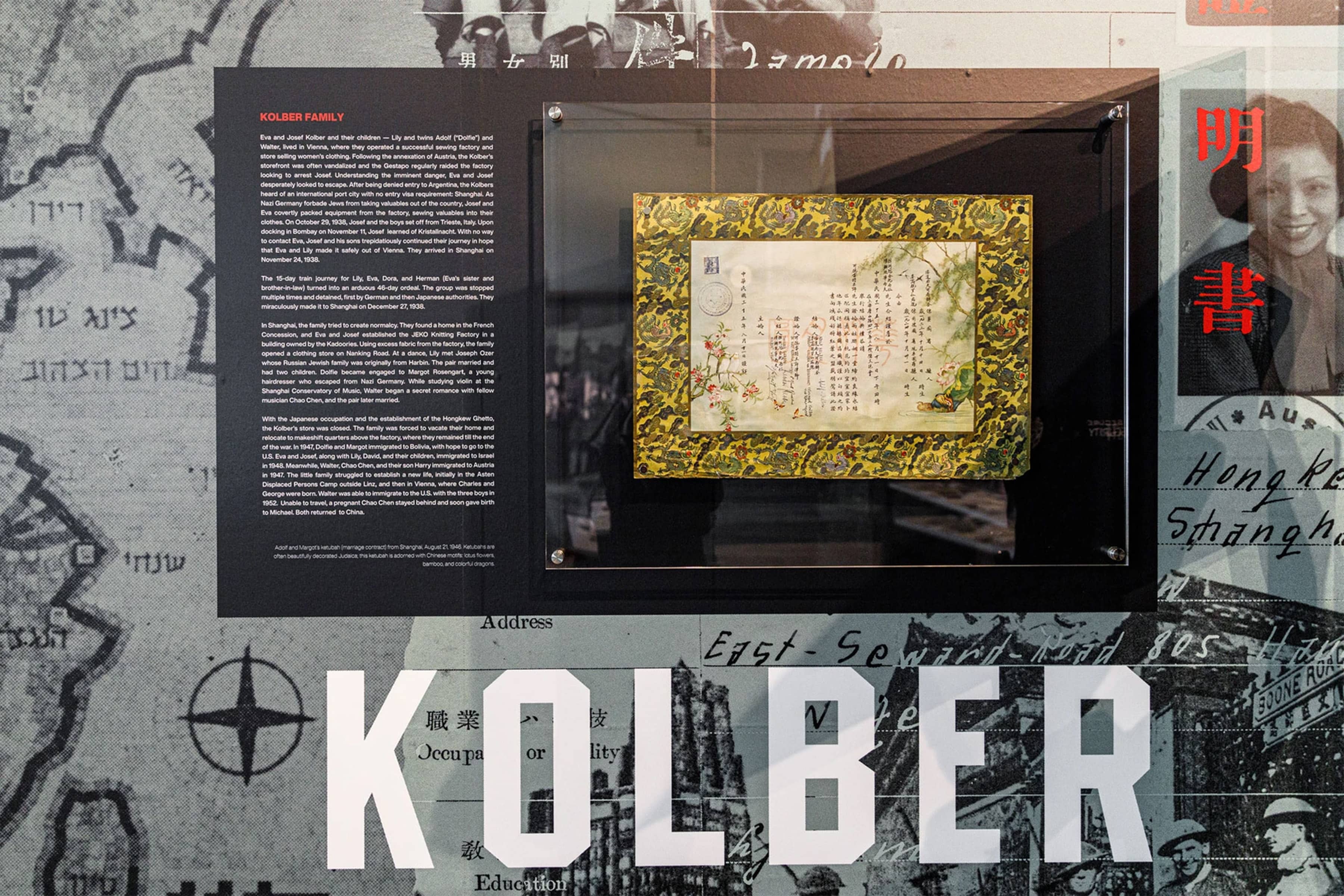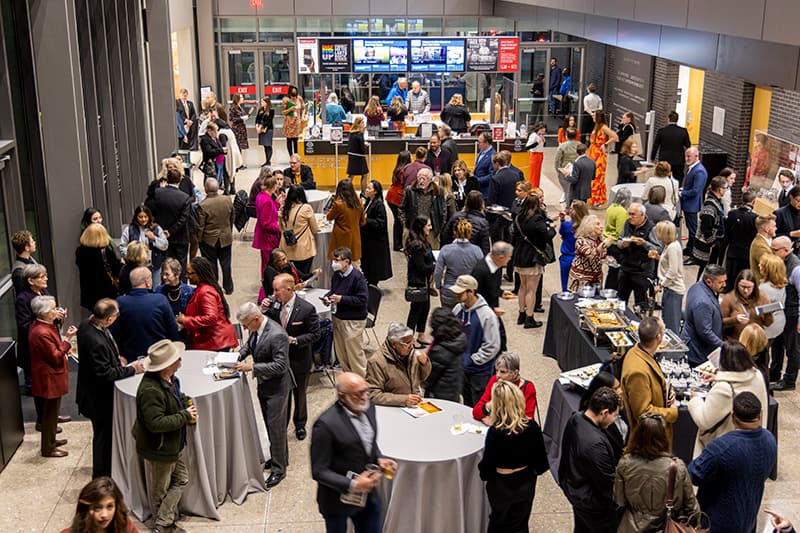Current Special Exhibition
Hidden History: Recounting the Shanghai Jewish Story
On view August 9, 2024 - February 16, 2025
Explore the little-known history of the diverse, resettled Jewish community in Shanghai, including Iraqi Jews who arrived in the mid-1800s, Russian Jews who fled pogroms at the turn of the century, and German and Austrian Jews who desperately escaped the Nazis. With most countries limiting or denying entry to Jews during the 1930s, the free port of Shanghai became an unexpected safe haven for Jews fleeing the antisemitic policies and violence in Nazi-controlled Europe.
Hidden History explores this multifaceted history through artifacts, survivor stories, and the photographic lens of prominent American photojournalist Arthur Rothstein, who documented the Shanghai Jewish community in 1946 for the United Nations.

The Medavoy family took this tallit (prayer shawl) from Shanghai to Chile, and then to the U.S.

Matzoh balls made on Chinese fire pot Hongkew, Shanghai, China. April 1946 Photo by Arthur Rothstein

Adolf and Margot’s ketubah (marriage contract) from Shanghai, August 21, 1946.
Special Exhibition Programs
Special Exhibition Opening: Recounting the Shanghai Jewish Story
Thursday, August 8, 6 p.m. Reception | 7 p.m. Program
Prominent American photojournalist Arthur Rothstein was working for the United Nations at the end of World War II when he traveled through a community of Jewish refugees living in Shanghai, China. Moved by their stories of persecution and displacement in Europe, he photographed their lives. Dr. Ann Rothstein-Segan joins us to share her father’s story.
An Unlikely Refuge: The Jews of Shanghai
Wednesday, September 4 at 7 p.m.
Historian Dvir Bar-Gal joins us to discuss the arrival of Jewish refugees in the Hongkew District of Shanghai, their relationship with their Chinese and Japanese neighbors, and how the community of refugees adapted to life in China.
A Shanghai Story: Knocking on the Doors of History
Sunday, November 10 at 7 p.m.
Join us for a stage reading of the play Knocking on the Doors of History that follows the Kaufmann family from their experiences during Kristallnacht to their subsequent escape to Shanghai, China as their last hope for refuge before the outbreak of World War II.
Survival in Shanghai: Manny Gabler
Tuesday, February 4 at 7 p.m.
Manfred “Manny” Sigmund Gabler was only one when his parents arrived in Shanghai, China on the eve of the outbreak of World War II. Manny joins us to recount his experience of the war as a young child, and his family’s journey to the United States.
Made Possible By
The Dallas Holocaust and Human Rights Museum is grateful to the following generous sponsors and community partners for their support of Hidden History. To learn about sponsorship opportunities, please contact Elizabeth Adams, Director of Corporate Partnerships, at eadams@dhhrm.org.







An Immersive, Interactive Journey Unlike Any Other
Please join us for a visit. Unforgettable doesn't begin to describe the experience.














